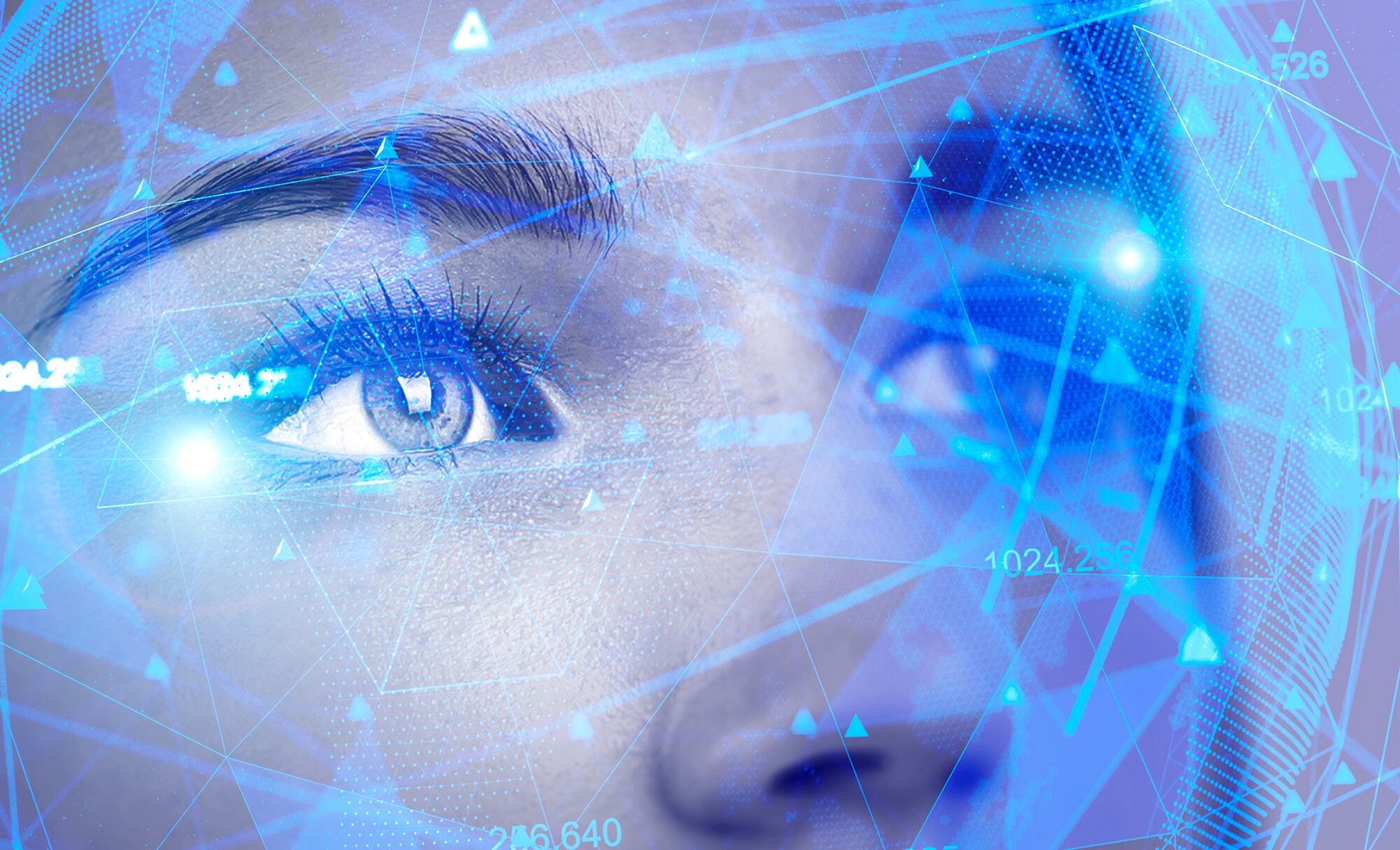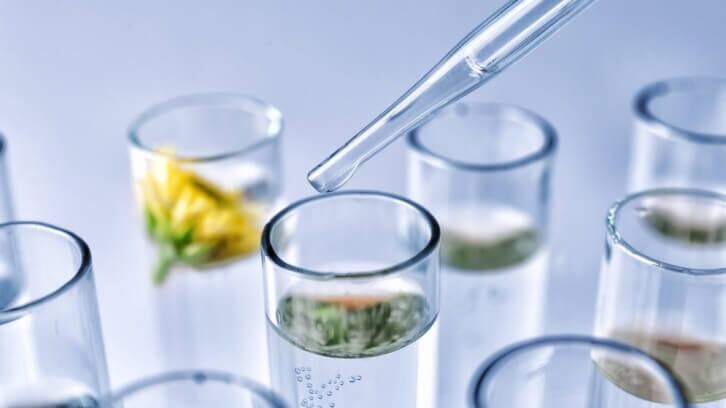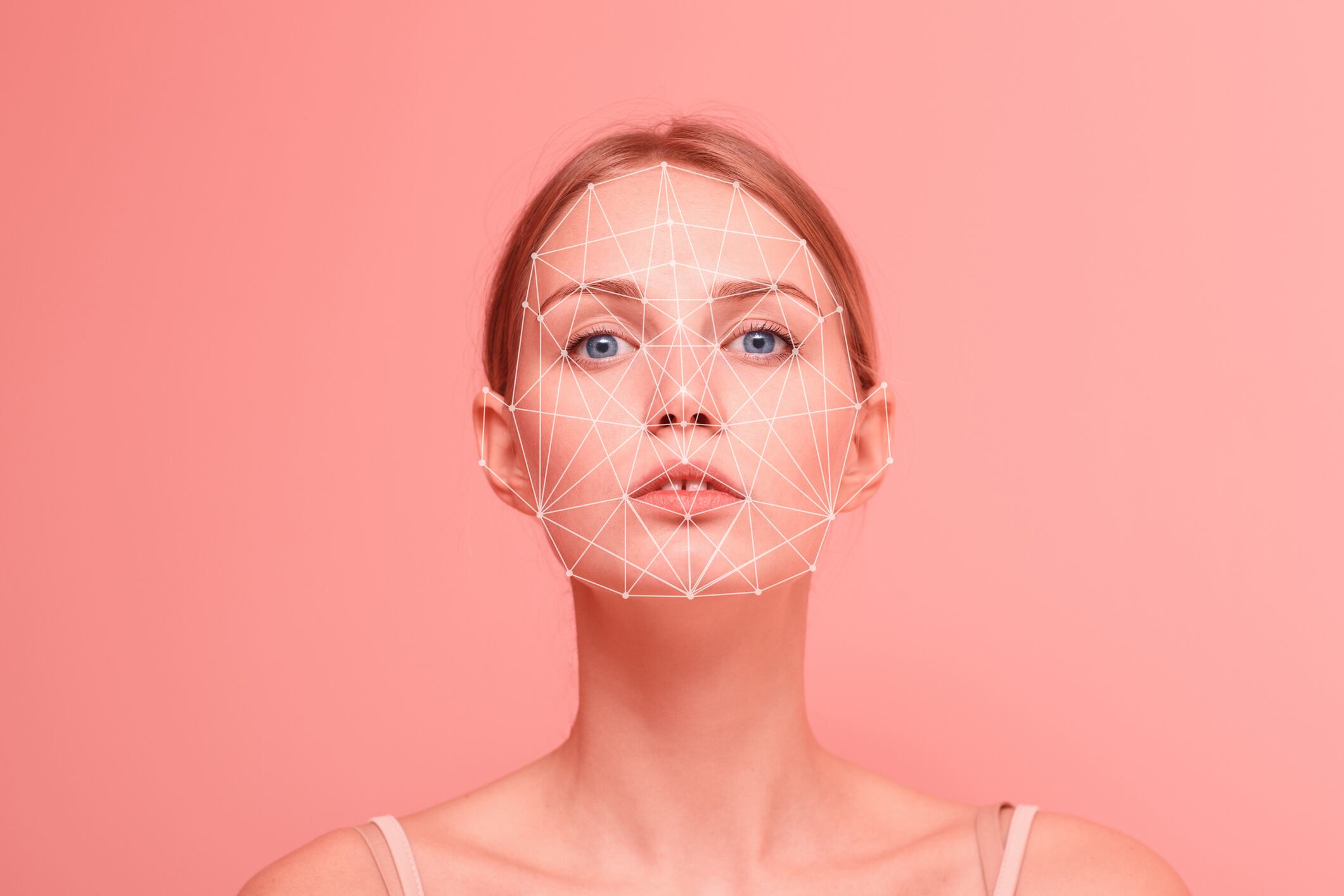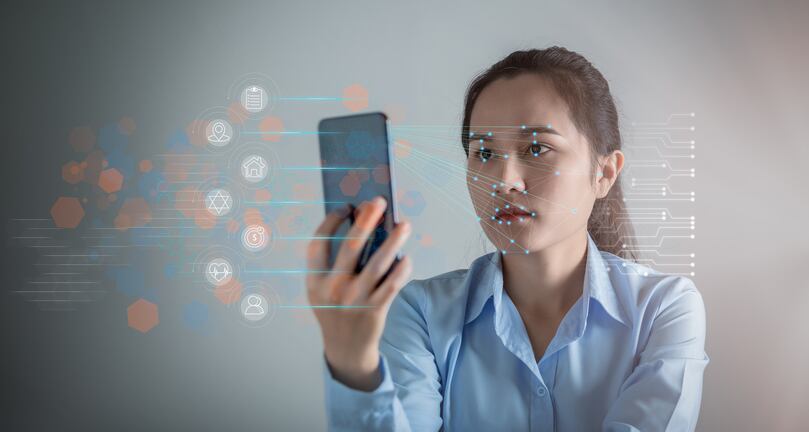As evidenced by data released from market research firm Statista, beauty technology is a rapidly evolving landscape in the cosmetics and personal beauty care product industries and many companies, from manufacturers and suppliers to retail and DTC brands are taking notice. In a recent dossier, the firm reported that this year, “beauty tech revenue is projected to exceed $6 billion, or a 2.4% share of the traditional beauty market across seven major markets, including the US, and is expected to reach $8.9 billion, or a 3.1% share of the traditional beauty market by 2026.”
Statista defines ‘beauty tech’ “as an umbrella term for all Artificial Intelligence (AI) and Augmented Reality (AR) based tools and software used within beauty, whether that’s a smart mirror that can simulate virtual try-ons or diagnostic software that offers facial scanning to make informed and smart recommendations,” but advancements and innovations in the space are crossing over to the manufacturing and formulation industry spaces as well.
To learn more about the impact of AI and AR trends on cosmetic and PBC product trends for manufacturers and ingredient formulations, including technology’s influence on the formula research and development processes and product personalization for consumers, CosmeticsDesign spoke to Kia Ragland, Director of Product Development at Kylie Cosmetics & Skin. Ragland is an award-winning product developer, licensed cosmetologist and certified makeup artist offering over thirteen years of industry expertise and insight into areas like beauty tech.
AI/AR and product R&D
As previously mentioned, current data shows that AI technology in beauty is already exerting “a monumental impact on ingredient research and development by helping employees to work smarter and increase production,” said Ragland, and there’s strong evidence that continued innovation in this space will “also help with overall effectiveness and hopefully be able to allow employees to focus more on innovation than the execution,” she shared.
Regarding the R&D process, AI/AR and beauty technology is already influential “in many ways, such as shortening and improving product effectiveness and performance,” she explained. For example, “AI data and technology can be used to trial countless combinations of data, ingredients, formulas, etc. to find the highest performing and most customizable options.”
Further, she added, “along with influencing formula creation, it could help to expedite identifying ingredient replacements and combinations of ingredients to make the best formulas possible,” and “beauty companies are already looking into using AI to shorten timelines and testing requirements and more efficient ways to formulate.”
Ragland referred to comments from e.l.f. Beauty Chief Digital Officer Ekta Chopra as one successful example of how beauty brands are currently applying beauty technology into the product development process. Said Chopra, “as you go through product formulations, generative AI can analyze the chemical compounds and ingredients and suggest new and innovative combinations. It can help R&D be faster, and your cycles can be much faster by generating ideas."
AI/AR and ingredient formulation
AI is already “helping experts in R&D to innovate and expedite the [formulation] process,” which is “groundbreaking for the beauty industry,” said Ragland, and “along with influencing formula creation, it could help to expedite identifying ingredient replacements and combinations of ingredients to make the best formulas possible,” she explained.
One key impact technology is making in the ingredient formulation space, she noted, is that AI innovations are helping to “shorten product stability testing, alleviating a significant pain point.” This is particularly helpful as “shortened stability testing would allow manufacturers to identify and solve an issue faster and help brands to launch products, if not at an expedited rate, at least at a remarkable time,” she explained.
As consumer awareness of cosmetic and PBC product ingredient sourcing and the importance of ingredient transparency continues to drive purchasing decisions, AI’s influence in ingredient formulation and development will also continue to become more crucial. This is because “AI technology can create products and understand consumers' purchase intent by knowing what benefits, attributes, price range, shades, keywords, etc., consumers search for online and are willing to buy,” said Ragland.
Further, “AI technology can also analyze information to know where a consumer is purchasing the product,” she explained, and remarked that what is “important to note is that even though AI is learning consumers and there is a lot of unknown, it will be used to create more personalization,” which is currently a key trend in the ingredient formulation and development process for manufacturing companies.
Using beauty tech to solve challenges moving forward
According to Ragland, one of the greatest challenges that she foresees moving forward for cosmetics and PBC product manufacturers and suppliers when implementing AI in the ingredient and product formulation and development processes is “having the correct people on the team to work with AI for the best results, because there is still room for error using the codes written by humans and the people using them."
Additionally, because beauty technology innovation is evolving so rapidly across the US and other major industry markets, there is increased “risk of duplicating formulas at a lower price point, taking away from the original brand’s sales, or stealing a proprietary formulation,” which will need to be addressed moving forward, she explained. To address these potential problems, she added, “it seems restrictions and guidelines need to be quickly implemented before issues start to arise.”
Further, because there is still “so much unknown in AI, brands and companies should consider that there will be unforeseen issues with new technologies,” she said. Therefore, she recommended, “when using AI in their research and development process, companies should have experienced employees check the work rather than expect it to replace them.”
Ultimately, Ragland concluded that “just like anything else, new technology can lead to good or bad depending on how it’s used.” As beauty technology’s market share in the industry space continues to grow in the coming months and years, she, like many other industry professionals, hopes that continued advancements will be successfully applied to “create more innovative, higher quality and better performing products.”





